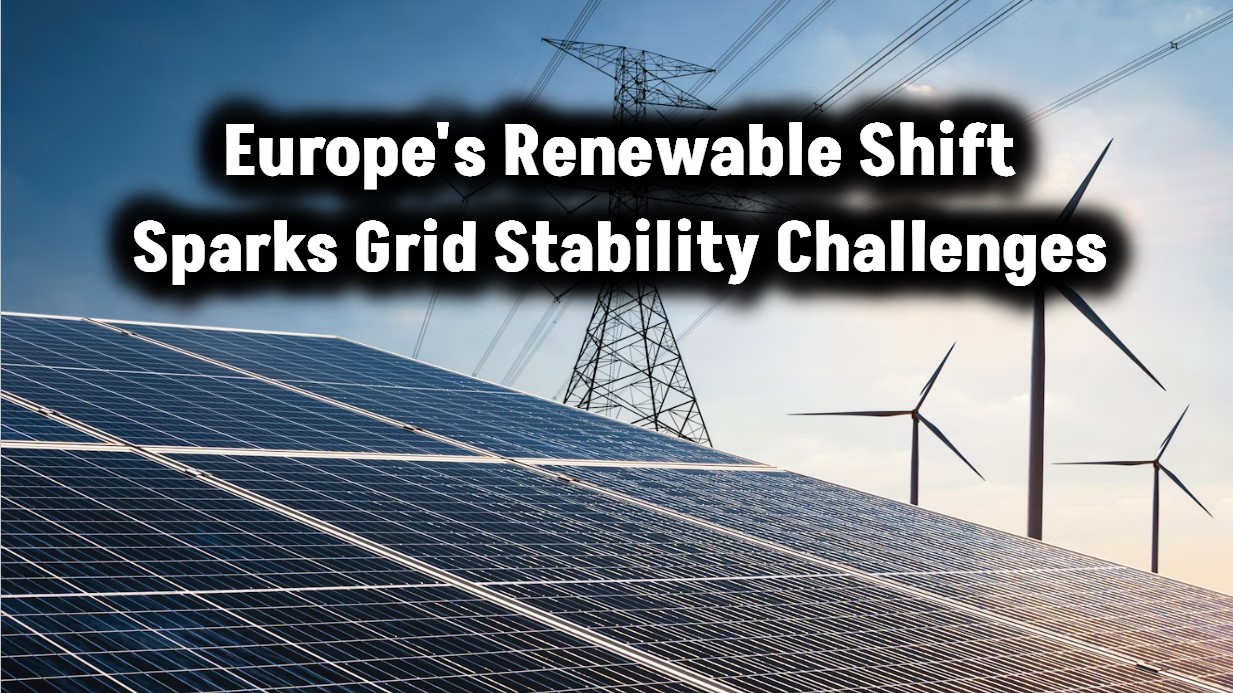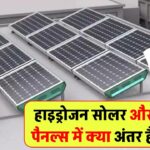
Europe is poised to add a record-breaking 70 gigawatts (GW) of solar power capacity in 2025, marking a significant leap toward achieving its green energy goals. This surge comes as part of a broader European Union strategy to reduce carbon emissions, phase out dependency on fossil fuels, and ensure long-term energy security amid growing climate concerns and geopolitical challenges.
This historic increase in solar energy capacity reflects both policy momentum and rapid technological advancement. According to the European Commission and SolarPower Europe, the EU will also add 19 GW of wind energy, setting a record total of 89 GW of new renewable energy capacity in 2025—the most ever in a single year.
Also Check: UK Solar Adoption Soars: How Government Initiatives Are Accelerating the Shift to Clean Energy
Why Is Solar Power Booming in Europe?
1. Climate Commitments and EU Policies
The European Green Deal and REPowerEU plan are driving massive investments in solar and wind energy. These initiatives aim to make the EU climate-neutral by 2050 and eliminate its dependence on Russian gas by 2027. To hit these targets, the EU needs to install around 70–80 GW of solar capacity every year.
According to Reuters, the 70 GW mark for solar in 2025 is not only achievable but essential.
2. Cost of Solar Keeps Falling
The average cost of solar modules has declined by over 80% in the last decade, thanks to innovation, global competition, and economies of scale. In 2025, module prices are expected to dip even further, making solar more affordable for both utility-scale developers and individual households.
3. Technological Advancements
From bifacial panels to high-efficiency PV cells, technology has improved dramatically. These innovations allow for better energy yield, longer panel life, and improved performance in low-light conditions—making solar viable across Europe, even in cloudy climates.
Which Countries Are Leading the Charge?
Germany
Germany remains Europe’s solar leader, adding over 14 GW in 2024 alone and expected to surpass that in 2025. Government subsidies, generous feed-in tariffs, and citizen-led energy cooperatives are some of the reasons behind Germany’s success.
Spain
Spain has abundant sunlight and is making huge strides in utility-scale solar. In early 2025, it approved multiple solar parks set to generate over 5 GW of additional capacity.
Netherlands
Despite limited land area, the Netherlands is innovating with floating solar farms and integrating solar panels into infrastructure like bike paths and rooftops.
Greece
Greece has doubled its solar installations since 2020, aided by its sun-rich geography and EU recovery funds channeled toward clean energy.
Also Check: Agrivoltaics: Combining Agriculture and Solar Energy for a Sustainable Future
What Are the Main Challenges to Europe’s Solar Ambitions?
Even with promising numbers, Europe’s 70 GW solar target for 2025 is not without hurdles.
1. Permitting Bottlenecks
One of the biggest issues is the slow permitting process for new solar projects. In many countries, getting approval can take more than a year, delaying project timelines and driving up costs.
Solution: The EU is working on legislation to streamline permitting—especially for projects already in designated renewable energy zones.
2. Policy Reversals in Some Member States
France and others have cut incentives for rooftop solar, citing budget constraints and grid saturation. This can dampen smaller-scale adoption, especially among households and SMEs.
3. Supply Chain Disruptions
While solar modules are cheaper than ever, supply chains remain fragile. Components like inverters, batteries, and semiconductors still face periodic delays and price fluctuations.
What Does This Mean for Consumers and Professionals?
For Homeowners and Renters
- Cheaper electricity bills: As solar becomes more widespread, consumers can expect to benefit from lower wholesale power prices.
- More solar incentives: Many countries still offer tax breaks, net metering, or low-interest loans for solar installations.
- Smart home integration: Solar systems increasingly come bundled with battery storage and EV chargers.
For Energy Professionals and Investors
- Rising job opportunities: The solar sector is projected to create over 500,000 new jobs across Europe by 2030.
- Lucrative investment landscape: Utility-scale projects are attracting major investment funds and institutional players.
- Emergence of solar software: As energy management gets smarter, demand grows for AI-driven solar analytics and grid software.
How to Get Involved: A Step-by-Step Guide
Step 1: Check Local Solar Incentives
Visit your national energy authority’s website or SolarPower Europe for an up-to-date list of available incentives.
Step 2: Get a Solar Assessment
Use free online tools like Google Project Sunroof or consult local solar providers for a roof inspection.
Step 3: Understand Costs and Returns
- Average installation cost (4–6 kW): €5,000 to €8,000
- Payback period: 6 to 9 years
- Average savings: €500–€1,000 per year on electricity
Step 4: Choose the Right Equipment
- High-efficiency PV panels (20–22%)
- Battery storage (5–10 kWh capacity for homes)
- Smart inverters with Wi-Fi monitoring
Step 5: Apply and Install
Once permits are approved, installation takes about 2–3 days. Make sure to hire certified installers.
(FAQs)
Q1. Is 70 GW a realistic target for Europe in 2025?
Yes. Given the current pace of installations and policy support, experts believe 70 GW is both necessary and achievable, though challenges persist.
Q2. Will this reduce electricity bills in Europe?
Likely, yes. Increased solar generation can lower wholesale electricity prices, especially during peak daylight hours.
Q3. Can northern countries like the UK or Sweden benefit from solar too?
Absolutely. Modern PV panels work efficiently even in diffused light, making solar viable even in less sunny regions.
Q4. How does Europe compare globally?
Europe is second only to China in solar capacity growth. The EU is aiming to install more solar annually than the U.S. through 2030.
Q5. What happens to excess solar power?
Surplus electricity can be fed back into the grid via net metering or stored using home batteries or grid-scale storage solutions.
Also Check: Queensland’s New Regulations for Solar and Wind Farm Projects








